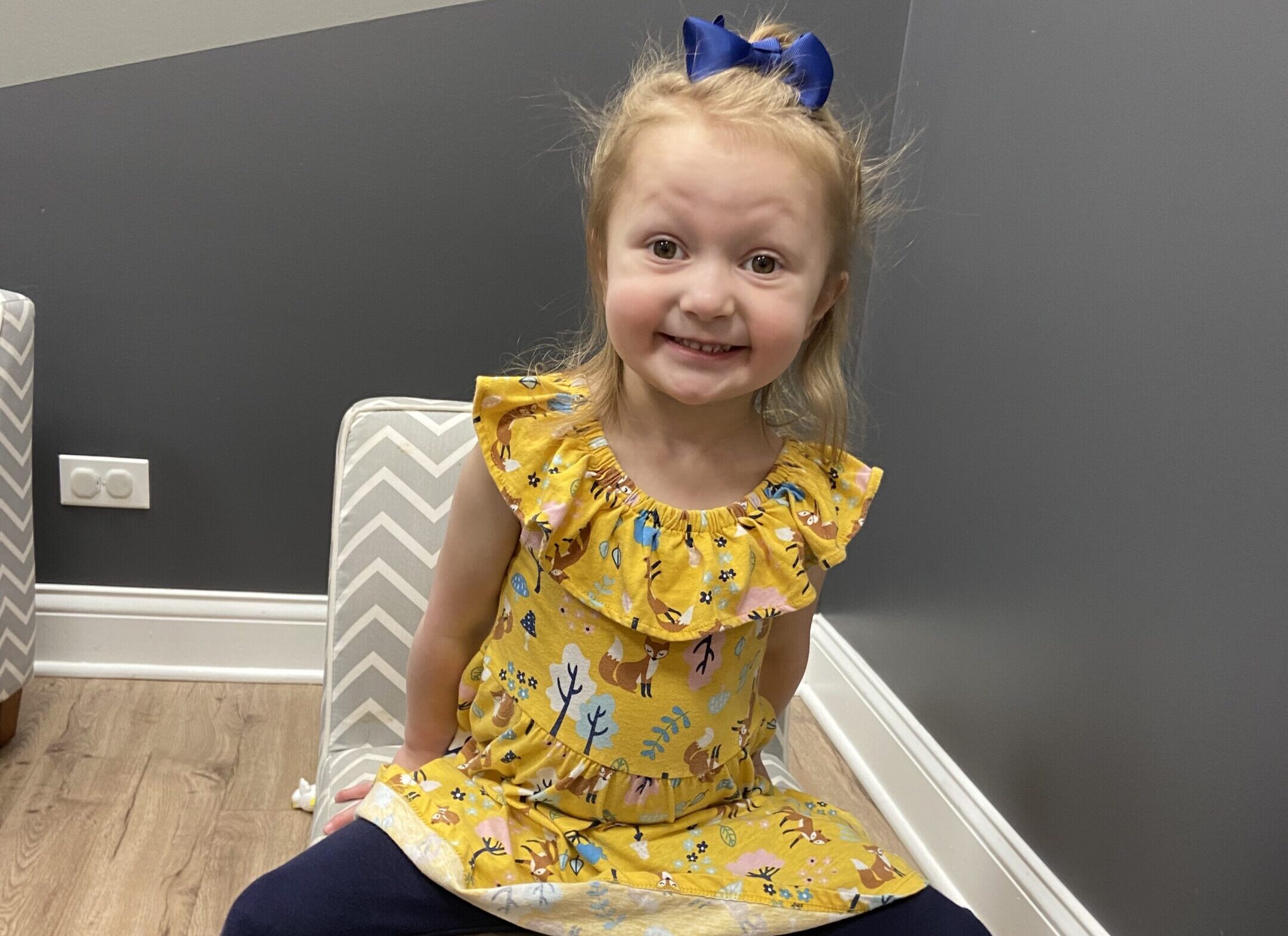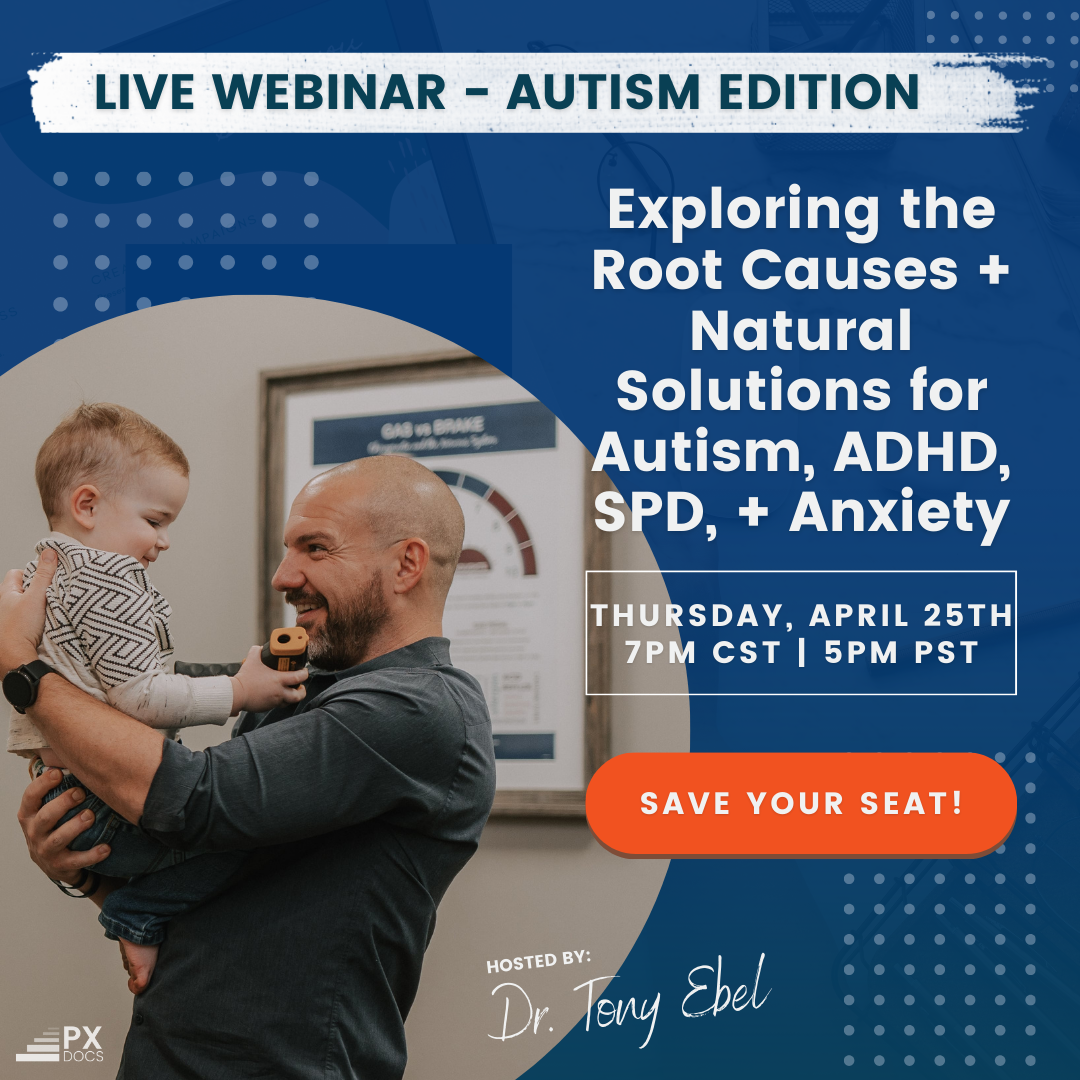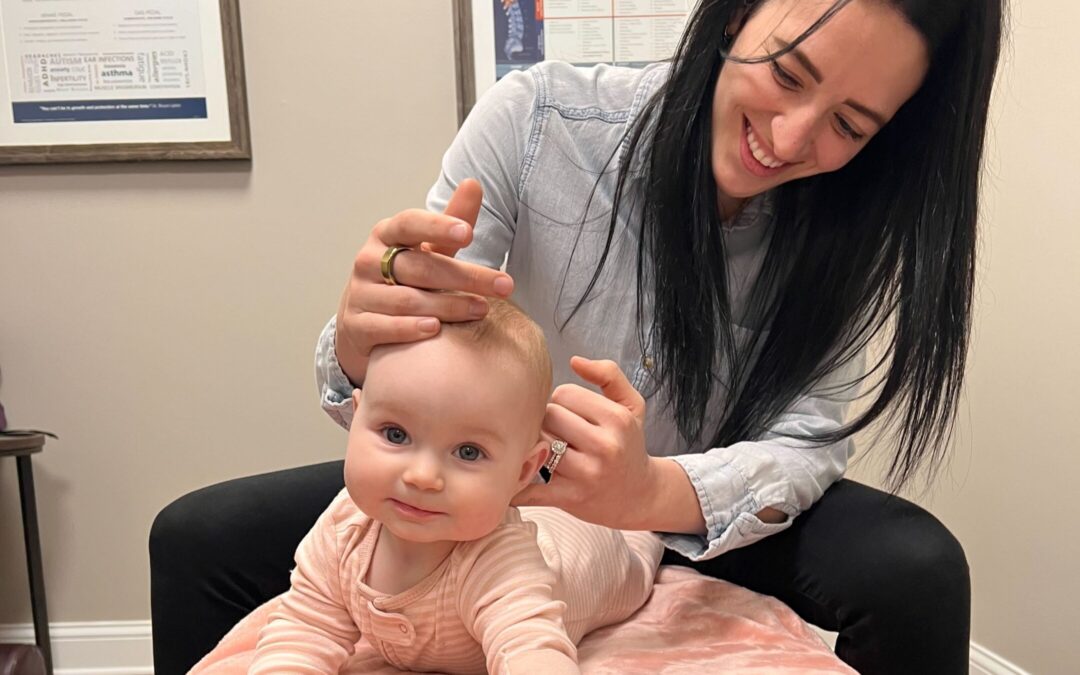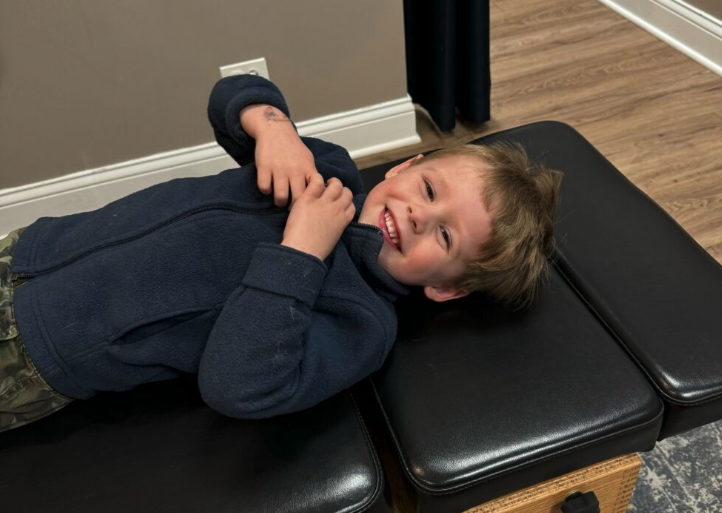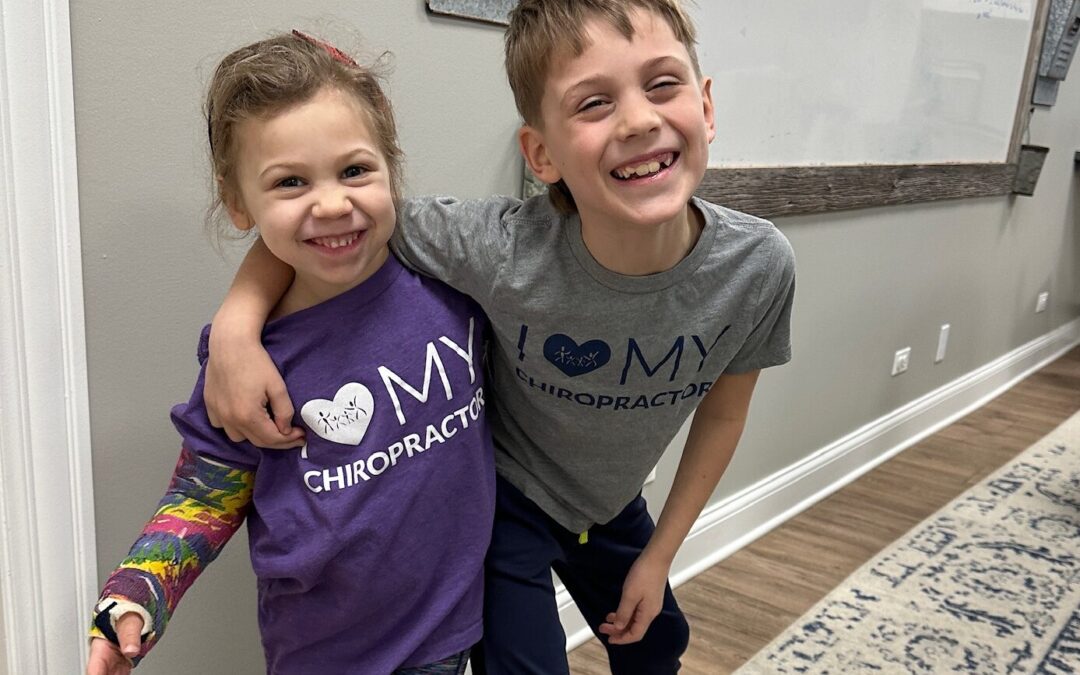When people think of sleep disorders, they often picture stressed-out adults, tossing and turning all night and struggling bleary-eyed through their workday. Unfortunately, grown-ups aren’t the only ones who suffer from disrupted sleep; sleep disorders in children are more common than most of us recognize.
If we dig into it, many of the sleep challenges parents have are directly correlated to their children’s inability to either fall asleep, stay asleep, or both. Not only are parents awake doing all they can to try and help their child get better sleep, but they are also constantly worried about what’s causing their child’s sleep challenges in the first place.
According to a recent study, sleep disorders may affect as many as 50% of children and pre-adults. And when kids don’t get the sleep that their developing bodies require, it can lead to everything from disrupted family dynamics to cognitive and behavioral problems, to ongoing health issues. In other words, the phrase “sleeping like a baby” may not be as accurate as we all wish it were.
Here, we take a closer look at sleep disorders in children: what they are, what might be causing them, and what parents can do to help their little ones get the rest they need.
What Are Sleep Disorders in Children?
One of the most significant issues when trying to combat sleep disorders in children is that there is no single cause — or even a single disorder. Sleep disorders are any issues that negatively impact the quality or duration of sleep. As such, these can range from movement disorders (such as restless legs syndrome and periodic limb movement disorder) to problems with achieving full, deep sleep (called arousal disorders), to ongoing childhood insomnia and may even include such seemingly innocuous issues as snoring. Likewise, sleep disorders in children may be only temporary or persist throughout childhood.
Another type of sleep disorder that can be stressful for parents to witness is night terrors. These are episodes of screaming, intense fear, or even flailing and kicking while sleeping.
In other words, there are a lot of different issues that might be preventing your child from getting good, restful sleep — and there may be just as many different causes.
What Causes Sleep Disorders in Children?
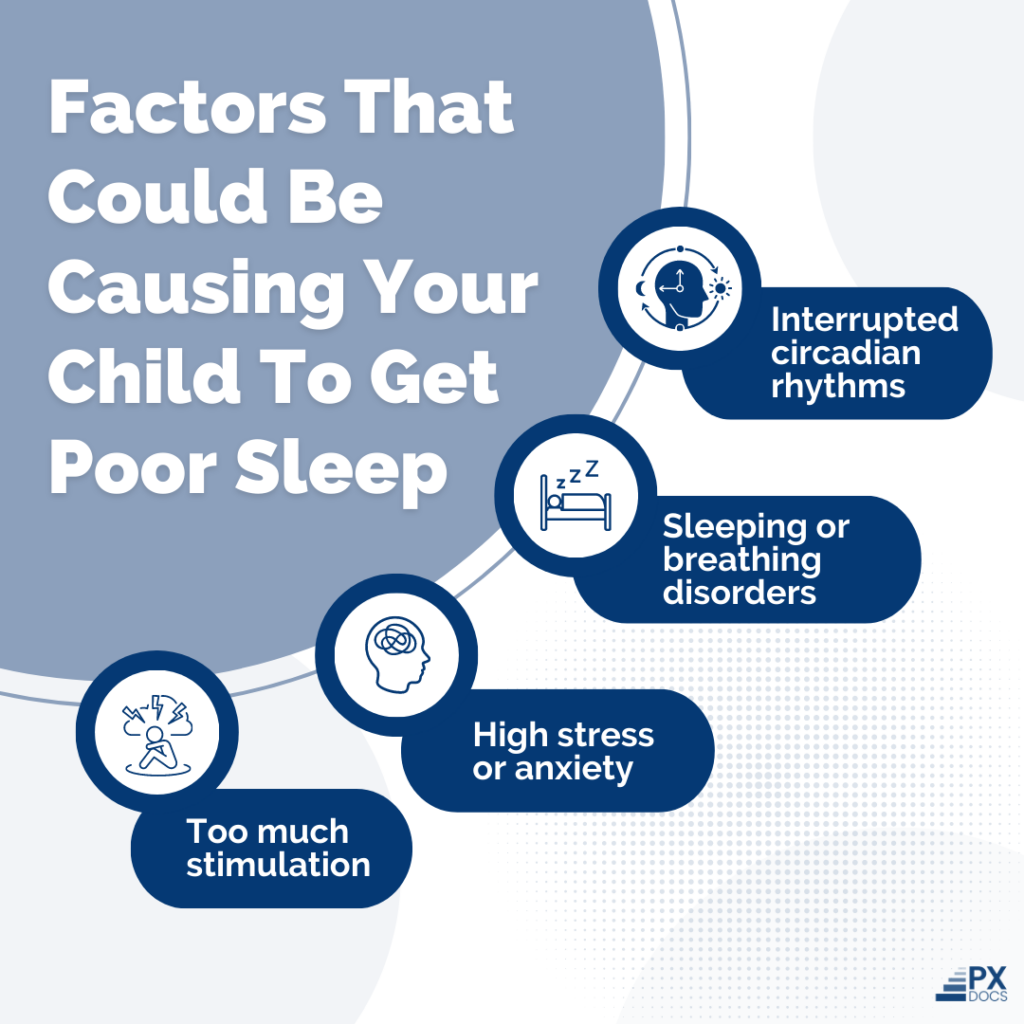
Because sleep disorders in children are defined as anything that might limit the length or depth of sleep in children, it can be difficult to pin down specific causes.
The most common correlation to sleep disorders in children we see clinically is when a child has an overactive sympathetic nervous system. The sympathetic side of our nervous system, better known as the fight-or-flight system, is designed for fast-acting, stressful, protective responses.
When a child has an imbalanced nervous system, known as dysautonomia, the most common presentation is an overactive sympathetic response and an underactive or suppressed parasympathetic response. While that is a long and nerdy word, it simply means the side of our nervous system responsible for rest and recovery. You can learn more about this critical part of your child’s nervous system and the Vagus Nerve here.
In simple terms, if your child’s Vagus Nerve is not operating at its full potential, it can harm almost every aspect of their health and even lead to various other Vagus Nerve Disorders. In the beginning, babies rely on basic functions like eating, pooping, and sleeping for their well-being. So, it’s clear that Vagus Nerve dysfunction would interfere with sleep and result in sleep disorders in children.
While this neurological imbalance is the most common clinical presentation correlated with sleep disorders in children, here is a list of other things known to exacerbate and worsen sleep challenges:
Drinking too much caffeine
Soft drinks and energy drinks contain significant amounts of caffeine. While a boost of energy from a caffeinated drink may feel like just the thing to get a drowsy adult through a long day, the effect of caffeine on adolescents and children is usually more pronounced. In fact, the sleep-countering effects of caffeine can last for as long as 10 hours, meaning that for children who go to bed at 9:00 pm, any caffeine consumed after 11:00 am may be impacting their sleep.
Irregular bedtime routines
The human body’s sleep patterns are determined by a built-in, 24-hour ‘clock’ (circadian rhythm). This clock naturally adjusts to our sleep schedules, but when those schedules constantly change, sleep patterns may struggle to keep up. The end result? Poor-quality sleep and difficulty falling asleep and staying asleep. Without a regular bedtime routine, children may get less rest than they otherwise would — even if they’re in bed for the same number of hours.
Lack of physical activity
Young bodies are designed to be extremely efficient, providing enough energy for children to move and grow constantly. But if that energy doesn’t find an outlet, it can keep kids awake when they should be resting.
Separation anxiety
Separation anxiety is one of the most common infant sleep disorders, manifesting in most children 18 months to three years old. However, separation anxiety is not limited to babies or toddlers; even older children and adolescents may have trouble relaxing and drifting off to sleep if they feel anxious about being away from loved ones.
Parasomnias and other disruptive sleep behavior
Sleepwalking, sleep talking, confusional arousal, nightmares, bedwetting, and night terrors are some of the most common parasomnias in children. These disruptive sleep behaviors can interrupt otherwise restful sleep.
Uncomfortable or unrelaxing sleeping environments
Some kids can fall asleep anywhere. Others need a more specific environment before they can start to relax. If the child’s sleeping area is too bright, dark, quiet, noisy, or not the right temperature, they might have trouble getting a good night’s sleep.
Overstimulation before bedtime
Most parents know not to get their kids too ‘revved up’ before bed, but it can be challenging to determine exactly what kinds of activities might get children too excited to sleep. Overly exhilarating after-dinner playtime can leave kids lying awake for hours.
Asthma or other respiratory problems
Coughing, obstructed breathing, or even just not getting the optimal amount of oxygen with each breath can easily disrupt sleep in children. Asthma and other respiratory issues have been shown to reduce sleep quality and lead to more fragmented sleep.
Digestive health challenges
Many children with sleep disorders also have challenges with things like acid reflux, bloating, frequent nausea, and constipation. This prevents their bodies from being able to relax and shut down effectively at night.
Medication
Certain medications may make it difficult for children to fall or stay asleep. This connection between the medications’ potential side effects may not always be addressed.
What are the Different Types of Sleep Disorders?
Just as there are a variety of possible causes, there are also many different kinds of childhood sleep disorders. These include:
Childhood insomnia
Childhood insomnia is a sleep disorder characterized by a child having trouble falling or staying asleep at least three days a week.
Hypersomnia
As the name suggests, hypersomnia in children describes increased fatigue or sleepiness, especially during daytime hours. Although hypersomnia may result from disrupted or delayed sleep at night, it can also be a sign of other potentially dangerous conditions (such as a concussion).
Delayed sleep phase syndrome
Postponing bedtime for more than one or two hours can make it difficult for children to wake up feeling rested the next morning. Interestingly enough, delayed sleep phase syndrome can actually make it more difficult for kids to fall asleep once they eventually go to bed because their internal clocks may still be sending signals telling them to remain alert.
Obstructive sleep apnea
Most common in children with enlarged adenoids or tonsils or whose breathing muscles are weakened from neuromuscular disorders (which can be correlated with subluxation), obstructive sleep apnea causes frequent snoring or gasping for breath throughout the night.
Central sleep apnea
Children might occasionally suffer from central sleep apnea — a condition where their brain will periodically stop sending signals to breathe while they sleep.
Parasomnias
As mentioned above, parasomnias are conditions marked by abnormal movements or actions during sleep. Some parasomnias occur when children are entirely unresponsive, while others may be characterized by the child being partially awake.
How to Help Children Who Suffer from Sleep Disorders
With so many different issues falling under the umbrella term of ‘childhood sleep disorders,’ knowing how to provide care can be tricky. Although some disorders and causes may need to be professionally addressed through your child’s healthcare provider or may necessitate working with a child sleep specialist, there are things you can do to promote better sleep for your child. Here are some basic steps you can take to help your child get the rest they need:
- Set and maintain regular sleep schedules. This should not only include a consistent bedtime, but also a consistent wake-up time; try not to allow your child to sleep in more than 1 – 1.5 hours beyond the time they regularly get up (even on the weekends).
- Encourage physical activity and outside play during the day.
- Limit the amount of caffeine your child consumes. Don’t allow them to have any caffeine for at least six hours before they go to bed.
- Create a relaxing bedtime routine designed to calm children down and prepare them for sleep. This may include a warm bath, a bedtime story, a back massage, etc. Be consistent in maintaining this routine.
- Create a comfortable sleeping environment. Although some children prefer the occasional nightlight, they generally sleep better in dark rooms. Noise levels should be brought down to a minimum wherever possible. Alternatively, white noise machines can cover up sounds that might otherwise be disruptive.
- Cut back on TV, video games, and other stimulating activities before bed.
- Put children to bed when they are tired but not yet entirely falling asleep.
- Remember that many different factors might be impacting your child’s sleep. Consider working with a Pediatric Experience Doctor to find out if some of your child’s other health challenges, such as allergies, enlarged tonsils, sleep apnea, digestive disorders, or other issues, are connected, making sleep more difficult for your child.
Sleep Disorders in Children: PX Docs Can Help
Constantly growing, facing new experiences and concepts, and setting the foundation for adulthood, children depend heavily on high-quality sleep. Unfortunately, not every kid gets the kind of rest they need.
Sleep disorders in children can make nighttime an ongoing struggle and may contribute to a range of behavioral, mental, and physical ailments. Recognizing these disorders and their associated challenges is not only the first step in helping your child get better rest, but to ensure that your little one is getting the most out of bedtime, consider working with a trained Pediatric Experience Doctor.
Our PX Docs focus on finding the exact cause(s) of your child’s sleep challenges and can make safe, gentle adjustments to release and reduce the stress and tension built up inside your child’s brain and body. The work trained and ready Pediatric Chiropractors do is so incredibly helpful in this area that improvements in sleep are the #1 related response to our care!

It’s easy to understand why improvements in emotional stress and energy levels are two other major responses to the care provided by our PX Docs. If anyone in your household is not sleeping, chances are no one is.
Take the first step to a sleeping, calm, rested, and joyful home once again – and schedule your consultation and examination today. Our mission is to help your family find solutions and get the care your child needs to overcome their struggles.
Don’t let sleep become a pipedream; check out our PX Docs online directory today and help your child rest easy.

